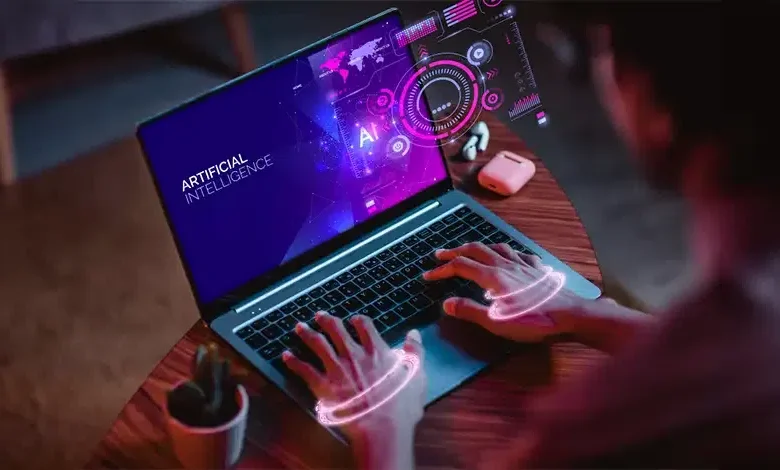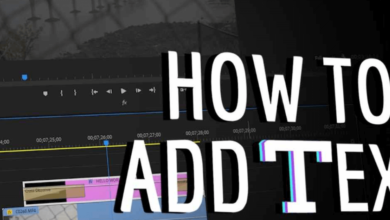AI-Powered Text-to-Image: How It Works and Why It Matters

AI-powered text-to-image technology utilizes advanced neural networks to convert textual descriptions into images. This process involves complex algorithms that analyze language and generate visuals accordingly. Its applications span various sectors, enhancing creativity and communication. The implications for artists and industries are significant, raising questions about artistic ownership and the future of visual storytelling. Understanding these dynamics reveals deeper insights into this transformative technology and its potential impact on creative practices.
The Technology Behind Text-to-Image AI
As advancements in artificial intelligence continue to reshape various fields, the technology behind text-to-image AI has emerged as a significant area of interest.
Central to this innovation are neural networks, which facilitate image synthesis by interpreting textual descriptions and generating corresponding visuals.
See also: How to Add Text, Titles, and Captions in Video Editors
Applications Across Various Industries
While the potential of AI-powered text-to-image technology is still being explored, its applications across various industries are already becoming evident.
In advertising campaigns, it enhances visual content creation.
Educational tools benefit from personalized imagery, fostering engagement.
Gaming graphics leverage this technology for immersive experiences, while social media platforms utilize it to generate eye-catching visuals, transforming user interaction and content sharing dynamics.
Benefits for Artists and Creatives
AI-powered text-to-image technology offers substantial benefits for artists and creatives by streamlining the creative process and expanding the boundaries of artistic expression.
This innovation fosters creative collaboration, allowing artists to generate ideas rapidly and visualize concepts with precision.
Furthermore, it serves as a wellspring of artistic inspiration, enabling creators to explore new styles and techniques previously constrained by traditional methods.
The Future of Visual Communication
The evolution of visual communication is poised for a significant transformation as advancements in AI-driven text-to-image technology redefine the ways in which ideas are conveyed and understood.
This innovation enhances visual storytelling, enabling creators to generate intricate digital art instantly.
As a result, the democratization of artistic expression emerges, empowering individuals to communicate complex concepts with unprecedented clarity and freedom.
Conclusion
In the unfolding tapestry of visual communication, AI-powered text-to-image technology emerges as a vibrant thread, weaving together creativity and precision. By transforming words into imagery, it acts as a bridge across the chasm of artistic skill, inviting all to participate in the visual narrative. As industries embrace this innovation, the landscape of storytelling shifts, promising a future where imagination paints the canvas of reality, and the strokes of human expression are amplified by the pulse of artificial intelligence.




